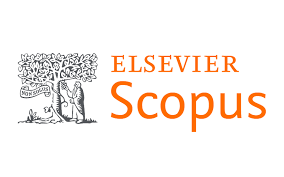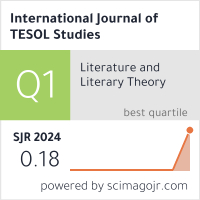2632-6779 (Print)
2633-6898 (Online)


Scopus
Ulrich’s Periodicals Directory (ProQuest)
MLA International Bibliography
MLA Directory of Periodicals
Directory of Open Access Journals (DOAJ)
QOAM (Quality Open Access Market)
British National Bibliography
WAC Clearinghouse Journal Listings
EBSCO Education
ICI Journals Master List
ERIH PLUS
CNKI Scholar
Gale-Cengage
WorldCat
Crossref
Baidu Scholar
British Library
J-Gate
ROAD
BASE
Publons
Google Scholar
Semantic Scholar
ORE Directory
TIRF
China National Center for Philosophy and Social Sciences Documentation
Jim Hu
Wenhan Yu
Thompson Rivers University, Canada
Abstract
Plagiarism is becoming more widespread at Canadian universities, but what are English-as-asecond-language (ESL) student perspectives on their challenges to avoid plagiarism and university strategies to support students? This paper presents a study of English-for-academic-purpose (EAP) writing students at a Canadian university. The study employed semi-structured individual qualitative interviews with 20 students who had completed an advanced writing course. The course discussed plagiarism and APA 7th edition extensively. The participants represented ten countries and ten first languages. One 60-minute interview per participant was conducted online. The data were analyzed qualitatively for recurrent themes. Research findings indicate that the predominant cause of the participants' challenges was their lack of experience using citations before entering the university. Thus, the participants found APA 7th edition hard to observe initially and paraphrasing an enormous challenge. Based on the participant perspectives and related literature, the paper proposes a strategy to implement from the semester start comprising: (1) interactive training workshops with explanations, models, templates, resources, and student practice with citations and academic writing, (2) access to self-correction software like Turnitin and Grammarly Premium, and (3) simultaneous oral-written teacher feedback (Hu, 2019).
Keywords
Plagiarism causes, plagiarism prevention, ESL students, academic writing, APA style